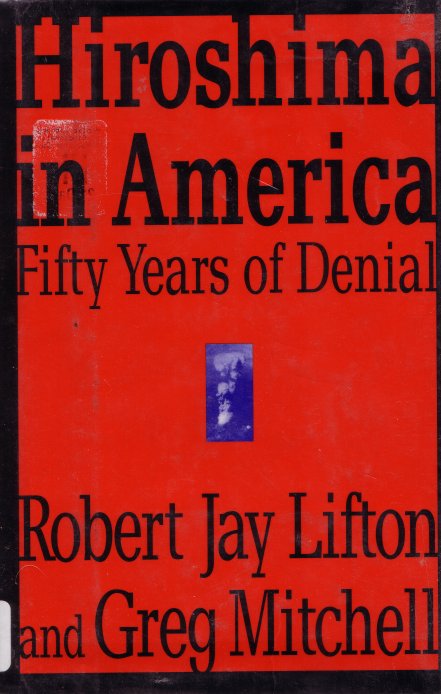
Hiroshima in America: Fifty Years of Denial (1995)

As is usual, I'll just point out some of the highlights of the book.
Hirohito
A Gallup poll, probably in 1945, revealed that 70% of Americans wanted Hirohito punished, by exile, imprisonment, or execution. (He wasn't, of course; the US government wanted to use him to help keep the Japanese population in line.)
More atomic bombs
The book says that many Americans wanted more atomic bombs to be used, and that another bomb was scheduled to be ready in about a week. “...among the targets for the next attack were cities four to ten times larger than Hiroshima and Nagasaki.” Unfortunately, the book does not name the cities. However, the book does say that Truman was impatient with the Japanese taking so long to surrender, and he was considering dropping an atomic bomb on Tokyo.
Keeping the radioactivity a secret
”The Pentagon's censorship office had deleted two-thirds of a Philadelphia Bulletin article which revealed that radioactivity from the July 16 test had spread to small towns surrounding the Trinity site.”
The scientists thought the radiation would diminish quickly within three miles from the test site, but they found it formed a band thirty miles wide and a hundred miles long.
General Leslie Groves got a message from the Los Alamos group saying they were aware of Japanese reports about victims suffering from the effects of the atomic bomb, and he said the reports were a hoax, just propaganda.
The book also goes into the intense censorship of reports from Hiroshima and Nagasaki, censorship applying even to American reporters. The military did not want the American public to know the full extent of the horrors that the bombs caused.
More censorship
An Air-force public relations person did not want General Curtis LeMay to release figures on the number of people killed by the bombs, since it would make the Americans look like “barbarians.”
Further, although American prisoners-of-war were in Hiroshima and some were killed, their families were told that the men had died in Japan, but they weren't told they had died in Hiroshima.
After the US occupied Japan, the Japanese newspapers came under strict censorship, and they were not allowed to even say that they were being censored.
Ethics and Hiroshima
The book notes that ethical expressions about Hiroshima came mainly from church leaders and publications. The Federal Council of Churches on March 5, 1946, criticized the bombings of Hiroshima and Nagasaki. Fulton J. Sheen, who later became Bishop Fulton J. Sheen, said that the attack on Hiroshima was “contrary to moral law.”
Nagasaki
The second bomb was dropped so soon after the one on Hiroshima because Leslie Groves said it would take two bombs to make an impression on the Japanese, and so two bombs were used. In Nagasaki, of 100,000 dead, about 250 were actually Japanese military personnel.
Main Index
Japan main page
Japanese-American Internment Camps index page
Japan and World War II index page
|